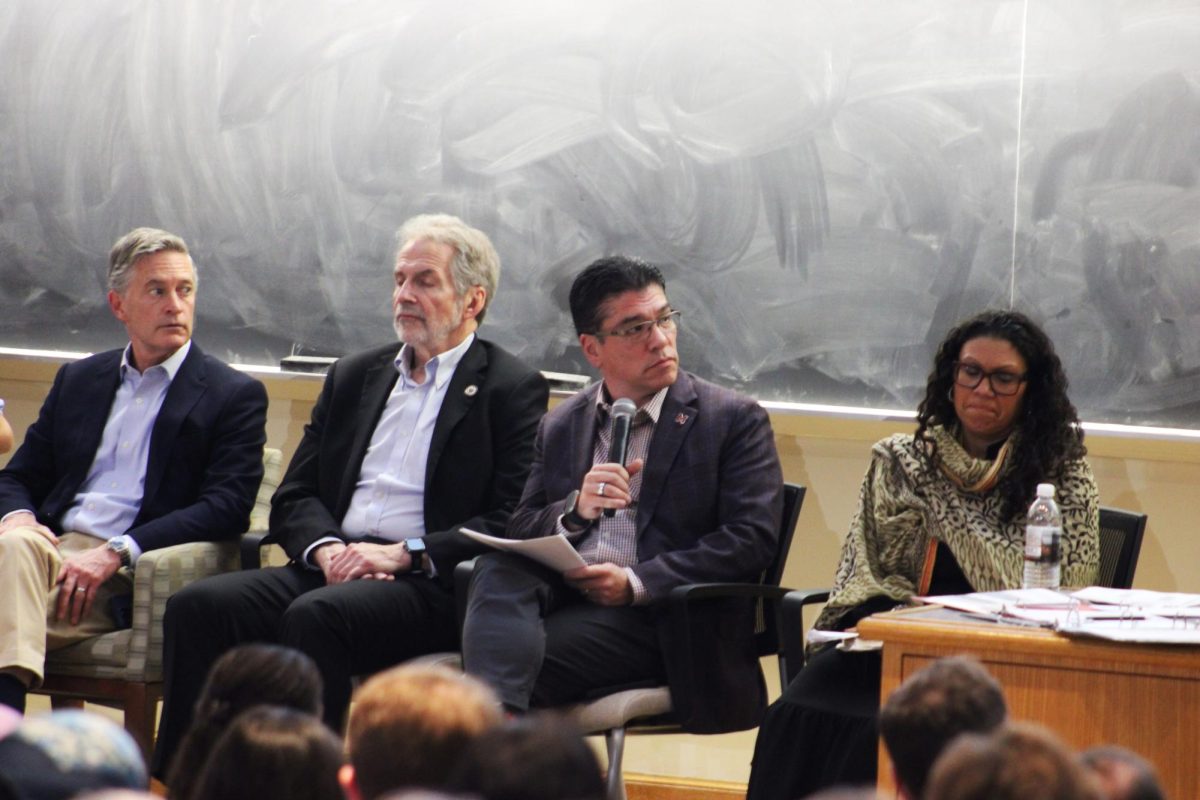
Fifty years ago, asbestos use was near its peak and the material was finding its way into homes, schools and public buildings across the United States. Whether you were laying new tile flooring, adding acoustic soundproofing to your man-cave or putting new shingles on your roof, asbestos was likely present. By the time the Toxic Substances Control Act of 1976 was enacted, the material had been associated with several terrible diseases, including asbestosis and mesothelioma, a rare cancer that affects an estimated 3,000 patients each year. In recent decades, asbestos use declined in many, but not all, industries, and most companies found safer alternatives to use in new construction and renovation projects. But why does this matter?
When the Environmental Protection Agency announced late in 2016 that asbestos would be one of the first 10 chemicals evaluated to determine its health risks to humans, environmentalists and health advocates were thrilled. The move came only a few months after Congress passed the Frank R. Lautenberg Act, which gave the EPA the power to take action against dangerous chemicals and to mitigate those risks as quickly as possible. It also marked the first major step the government has taken against asbestos since 1989, when the EPA issued a final ruling, which has since been overturned, that banned the material in the United States.
While the EPA reviews asbestos to determine whether it poses a significant health hazard, there are forces at work that could possibly make a future ban difficult, if not impossible. Most recently, the proposed Regulatory Accountability Act (RAA) has come into light as a direct assault against the rules and regulations the EPA and other agencies try to put in place to keep us safe. If the legislation were to be passed by Congress and signed into law, it would hamstring the EPA and make it nearly impossible to take action against asbestos.
If the RAA was to be enacted, it would put lives at risk because agencies would be forced to use science that isn’t the best or most up-to-date, and would allow industries to challenge facts they disagree with. It also politicizes the realm of agency science and innovation, which is already awash in bureaucracy and red tape.
Since the EPA’s last rule banning asbestos was overturned in 1991, the amount of asbestos used in the United States has drastically declined, but people are still dying. From 1999 to 2013, an estimated 12,000 to 15,000 Americans died each year from asbestos-related diseases caused by exposure. In many cases, those who died had been exposed to asbestos decades prior to their diagnosis, which can take between 10-40 years to present symptoms. As long as asbestos is still being used in America, people are still at risk of accidental exposure.
The United States hasn’t manufactured or mined asbestos since 2002, but it isn’t enough to simply regulate asbestos and shut down the mines. More than 50 countries have already banned the material, and Canada has promised to ban it by 2018. By not taking action, the United States is setting a bad example, showing the world that the health and safety of American citizens has taken a backseat to bureaucracy and corporate profits.
Mesothelioma Cancer Alliance











